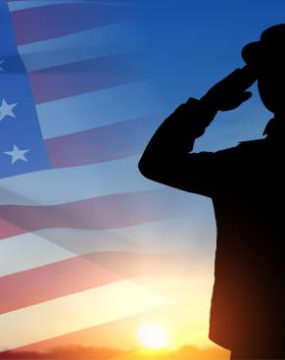Welcome to our blog
Keep up with our latest demographic insights

This blog post expands on a previous blog post that examined housing cost burden across NC by focusing on the disparities between housing cost burden for homeowners and renters. In North Carolina, 66.8% of occupied housing units are owner-occupied, while 33.2% are renter occupied. According to Harvard’s Joint Center for Housing Studies’ 2025 report, nationwide, rental demands have been steadily increasing in recent years. Rental demand is especially pronounced among people aged 35-44 (prime first-time…

In recent years, housing has become a hot-button issue both nationwide and in our state, as many people struggle to find secure, affordable housing options. David Rouse, Ben Hitchings, and Anita Brown-Graham of the UNC School of Government’s ncIMPACT Initiative wrote that the three main factors contributing to the national housing crisis are affordability, availability, and accessibility. In this post, we examine state and NC county trends in the first of these factors: housing affordability.…

In recognition of Veterans Day, Tuesday, November 11th, we are providing some statistics about North Carolina’s veteran population. The most current version was published on November 12th, 2025, with information from 2023 and 2024. Please note that the county veterans data from the Department of Veterans Affairs as of 2023 has been revised since the publication of our last blog post on veterans in North Carolina. This updated profile provides the following key information on…

On Wednesday, October 22nd, North Carolina lawmakers approved new congressional maps for the state, which change the makeup of Congressional Districts 1 and 3 in Eastern NC. The new maps are abnormal because redistricting typically only happens once every ten years, following the Decennial Census. This is the first time in the modern era that North Carolina has redrawn maps mid-decade without being court-ordered to do so. Although the NC Republican leadership maintains that no…

Type 2 diabetes, the most common form of diabetes, affects millions of people nationwide. The disease develops when the body either resists insulin or fails to produce enough insulin, resulting in elevated blood sugar levels. In this post, I discuss the prevalence of Type 2 Diabetes across North Carolina’s 100 counties and its association with county-level contextual factors. The map below shows 2021 diabetes rates across the United States, showing that about 6–12% of most…
Last year, our partners at the North Carolina Department of Public Instruction (NCDPI) approached us about a project to develop a North Carolina School District Typology. During the fall of last year and this past winter we developed the typology and solicited feedback from superintendents across the state via two webinars hosted by NCDPI. This past spring, we completed the typology and were honored to present our findings to the North Carolina State Board of…

The U.S. Census Bureau recently released an expanded version of the Veteran Employment Outcomes (VEO) data, offering insights into the earnings and employment outcomes of more than 2.8 million formerly enlisted service members. In this blog post, we explore what the data tell us about how honorably discharged veterans fare in the job market, including: Median earnings by military branch and sex Employment distribution over time by industry Veteran employment counts in North Carolina Median…

In recent weeks, we’ve received many data requests from journalists and community leaders across North Carolina about the state's foreign-born population. This heightened interest is largely driven by concerns about how the new presidential administration’s policies may affect North Carolina. In this blog, we provide a demographic overview of the state’s foreign-born population. How many foreign-born residents live in North Carolina? Since 1990, the foreign-born population has grown by 763 percent. According to the 2023…

Breast cancer is the most diagnosed cancer in women and second leading cause of cancer-related death after lung cancer. One in eight women will be diagnosed with breast cancer within their lifetime, and one in 43 will die from breast cancer, according to analyzes by the American Cancer Society. The North Carolina Department of Health and Human Services (NCDHHS) reports that in North Carolina each year more than 8,000 women are diagnosed with cancer and…

In light of Veterans Day on Monday, November 11th, we are providing some statistics about North Carolina’s veteran population. The last profile on the demographics of NC Veterans was published in May 2021. This updated post provides key information on North Carolina veterans for the year 2023, drawing on data from the U.S. Census Bureau and Veterans Affairs. It includes: Distribution of veterans by age and sex Number of veterans residing in each NC county …
Your support is critical to our mission of measuring, understanding, and predicting population change and its impact. Donate to Carolina Demography today.